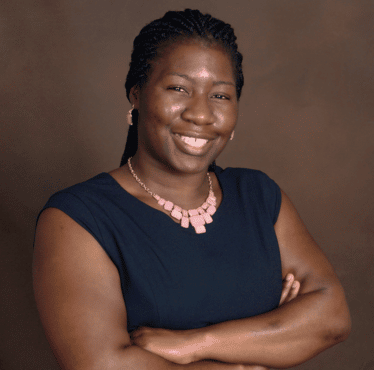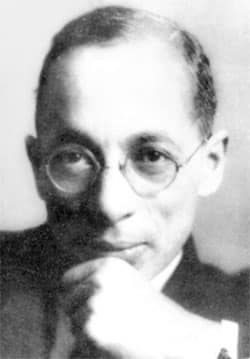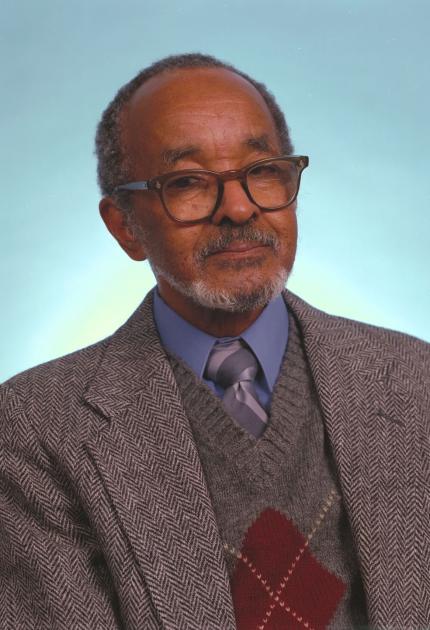
The world of spectroscopy has continued to expand throughout history based on the contributions of many brilliant scientists. This month we highlight prominent Black scientists whose innovations have helped shape spectroscopy as we know it today and have created space for others like them to succeed.
Meet Elmer Imes, PhD.
A brilliant physicist, Dr. Imes designed a series of spectrometers with increasing resolution that led to his most influential experiment. In 1917, he was able to measure the absorption bands of HCl, HBr, HF. According to US physicist and pioneer Earle Plyer in 1974, Imes’ research erased doubts of the universal applicability of quantum theory thereby expanding scientific thinking and study of this field beyond limited fields of physics.
Meet George Carruthers, PhD.
This trailblazing astrophysicst patented the first image converter in 1969 which led to the first moon based observatory. In 1972, NASA carried onboard this far ultraviolet camera/spectrometer on the APOLLO 16 mission. Scientists were now able to capture ultraviolet images of planetary figures, galactic formations and other intergalactic occurrences. Thanks to one of Dr. Carruthers patented inventions, NASA were able to capture ultraviolet images of Haley’s Comet in 1986 during the SATCOM KU-1 mission. He was inducted into the National Innovators Hall of Fame due to his lifelong contributions.
Meet Emmett Chappelle, PhD
A man of many talents, Dr. Chappelle is another inventor and NASA scientist who became the first to discover the chemical composition of bioluminescence. Through his research, Chappelle opened the door for detecting bacteria through light emittance with the assistance of ATP. His innovative technique could potentially detect extraterrestrial life forms in space. His innovative work and patented inventions have led contributions in medicine, food science and biochemistry. Dr. Chappelle was inducted into the National Inventors Hall of Fame in 2007.
Meet Candice Ulmer, Christina Jones and Michelle Reid



Candice Ulmer, PhD, is a clinical research chemist at the CDC whose work in lipidomics has helped to harmonize lipidomics measurement. Christina Jones, PhD, is a research chemist at the National Institute for Standards and Technology. Her research has earned her numerous awards and publication in dozens of magazines. Michelle Reid, PhD, is a former postdoctoral researcher whose research focused on the system level view of Salmonella pathogenicity and quality assurance in Mass Spectrometry. These three women worked together to facilitate a space for Black Mass Spectrometrists at the American Society for Mass Spectrometry conferences. Their goal was to encourage growth in this field and create a supportive network. Ulmer, Jones and Reid would launch their first organized virtual event for the National Coalition of Black Mass Spectrometrists in 2020. These three women may be the next in history to shape the world of spectroscopy and mass spectrometry.








